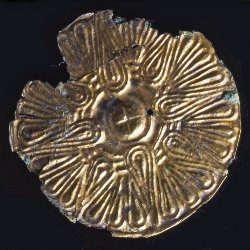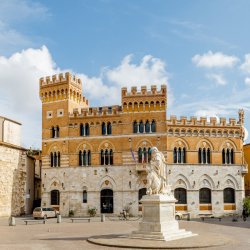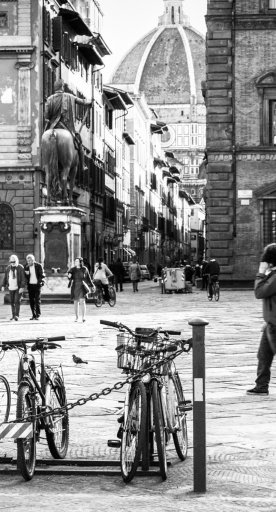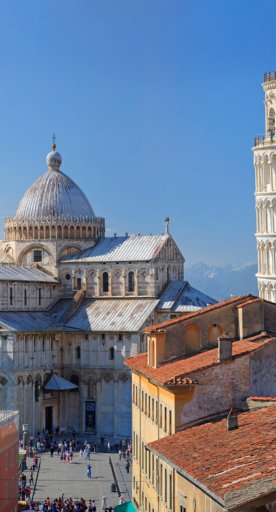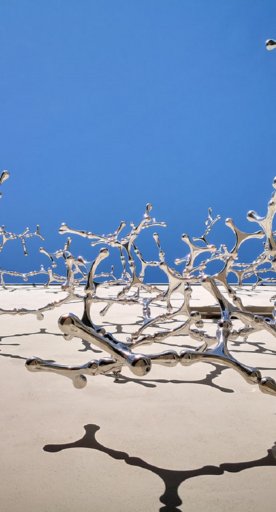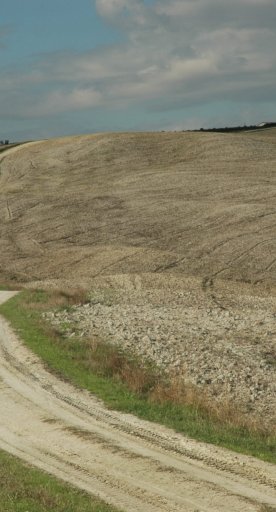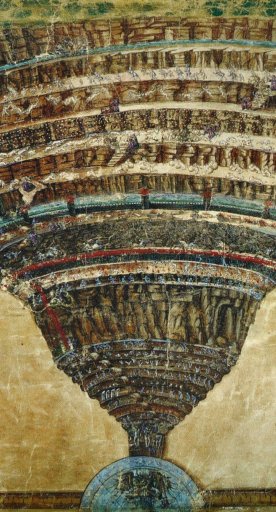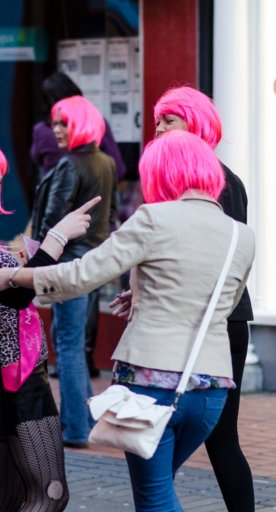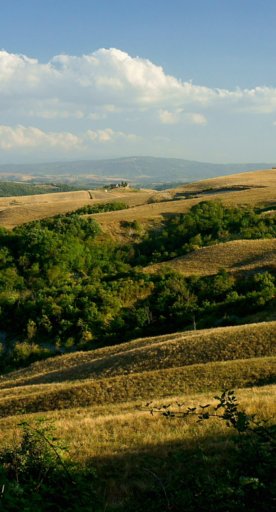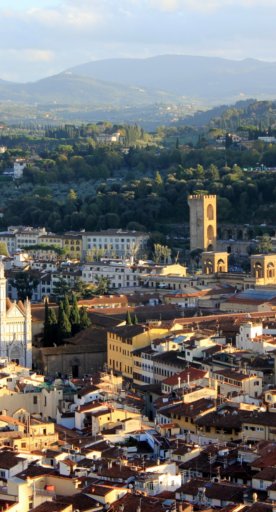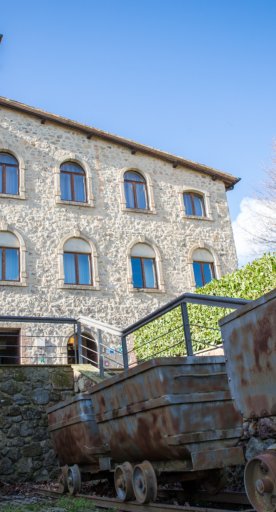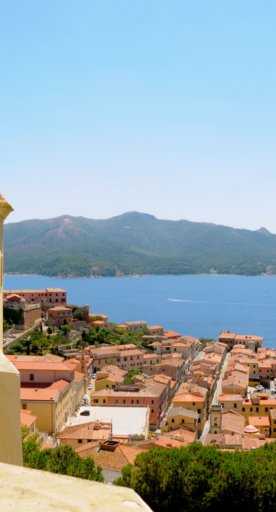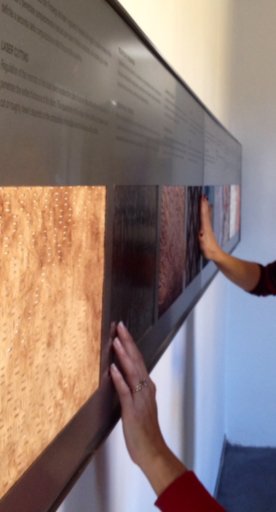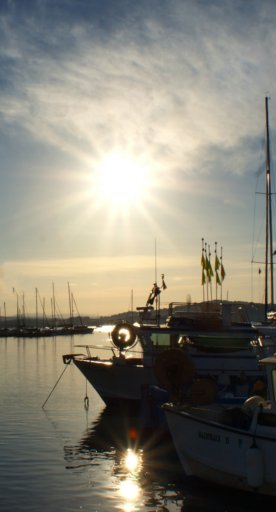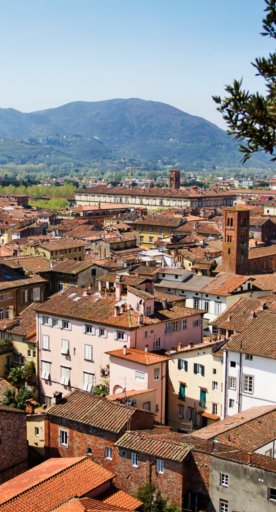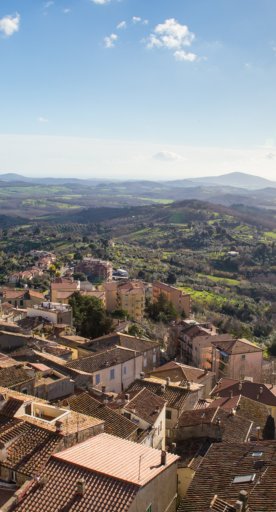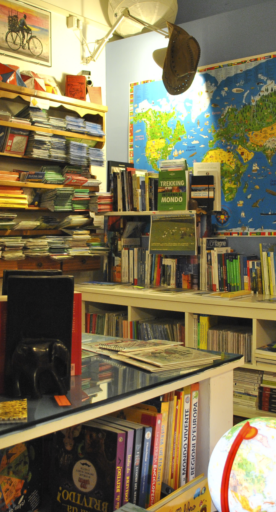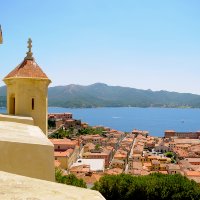
Prato, an art walk around the historic centre
Discovering the city's treasures from the town hall to the cathedral
To discover the artistic and architectural treasures of Prato, our walk begins with the fourteenth-century hexagonal walls, dotted with old tower houses, with sixteenth-century gates and bastions that wind their way around the city centre.
Piazza del Comune forms the heart of the centre, with the fourteenth-century city hall, whose façade was changed in the 1700s. The city hall contains the council hall and the municipal painting collection.
On the other side of the square is the impressive Palazzo Pretorio, once the main seat of the republican government and the courthouse. This building houses the Palazzo Pretorio Museum, a treasure trove of artworks that tells the story of Prato, with masterpieces by Bernardo Daddi, Giovanni da Milano, Donatello, Filippo and Filippino Lippi, great altarpieces painted by Santi di Tito and Alessandro Allori, and Lorenzo Bartolini’s plaster cast gallery.


From the piazza, continue along Corso Mazzoni until you reach Piazza Duomo. The Cathedral of Santo Stefano is a noteworthy example of the Gothic-Romanesque architectural style in Prato. The cathedral is characterized by light Albarese stone and green marble from Prato. In the corner between the façade and the side wall, we can see Donatello’s Pulpit, crafted by Donatello and Michelozzo between 1433 and 1438 for the ostension of the Holy Girdle of the Virgin Mary, which is now housed in the cathedral chapel named after the sacred item. In the main chapel, there are beautiful frescoes by Filippo Lippi that depict the stories of Saint Stephen and John the Baptist.
The walk continues to Piazza San Domenico, where you will find the Church of San Domenico with its elegant Gothic structure in Albarese marble and bricks. Palazzo Datini, which houses the state archives and the Datini and Ceppo archives, is a rare example of a fourteenth-century residence that also features frescoes on its exterior. Continue along Via Rinaldesca to enter Piazza San Francesco and the San Francesco Church. Continue along the road on the side of the church until you reach Piazza Santa Maria delle Carceri, where you can admire the only extant example of Swabian art in central and northern Italy: the Emperor’s Castle. This beautiful piazza is framed by the Santa Maria delle Carceri Basilica, built in 1400 following the wishes of Lorenzo the Magnificent.

Our walk continues in Piazza San Marco, where you will find the “Square Form with Cut” sculpture by Henry Moore, which opened up the city to contemporary art, helping it become an important European center for the genre. Continue along via San Silvestro and you’ll find one of the five sanctuaries dedicated to the Madonna of the Lily and, lastly, Piazza Mercatale, one of the largest medieval piazzas in Europe.


